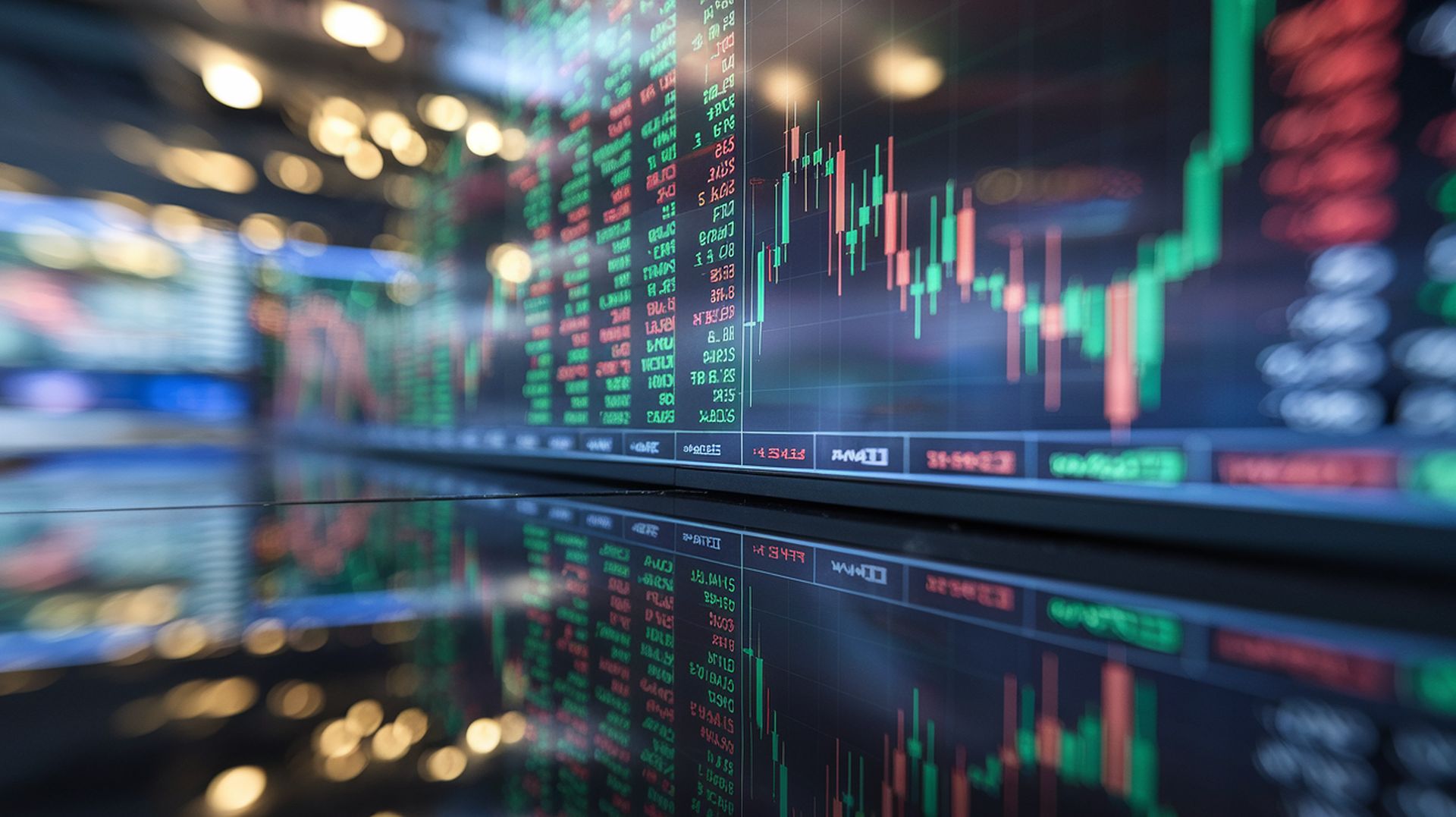How stock futures declined despite S&P 500 reaching new heights

Stock futures edged lower in overnight trading Thursday after the S&P 500 hit a record closing high following President Donald Trump’s call for immediate interest rate reductions and a decrease in crude prices.
Stock futures dip following new S&P 500 record highFutures on the Dow Jones Industrial Average and S&P 500 were marginally lower, while Nasdaq 100 futures inched down around 0.15%. The S&P 500 notched its first record close since December 6, closing at 6,118.71, surpassing its previous all-time high of 6,090.27.
Stocks received a boost after Trump stated he would “demand that interest rates drop immediately” during his virtual address to world leaders at the World Economic Forum in Davos, Switzerland. He also mentioned intentions to ask Saudi Arabia and other OPEC nations to lower oil prices. Adam Crisafulli, founder of Vital Knowledge, remarked that “Trump’s Davos speech contained some ostensibly positive lines…but there was very little either incremental or within his control.”
Optimism surrounding Trump’s pro-business policies has driven risk assets higher this week, with the Dow and S&P 500 gaining 2.5% and 2%, respectively, while the tech-heavy Nasdaq Composite rose about 2.2%. Investors are closely monitoring the 10-year Treasury yield, which has been rising due to strong corporate earnings. BlackRock CEO Larry Fink noted that Trump’s efforts to unleash private sector capital could increase inflationary pressures and lead to a retest of the 5% level for the 10-year rate.
In related financial developments, the Bank of Japan raised rates by 25 basis points to 0.5%, the highest level since 2008. Following this decision, the Japanese yen strengthened against the U.S. dollar, reaching 155.3 as of 1:30 p.m. Singapore time. Core inflation in Japan rose to a 16-month high of 3% in December, aligned with expectations from a Reuters poll.
Trump’s speech included a remark that he “likes Xi very much,” referring to Chinese President Xi Jinping. He suggested collaborating with Xi to end the war in Ukraine. Additionally, a survey released by the American Chamber of Commerce in China indicated that 30% of U.S. companies in China are speeding up their plans to relocate manufacturing or sourcing, the highest proportion since 2022.
7% of crypto traders jumped on Trump’s meme coin: Here’s why that’s huge
Trump also signed an executive order aimed at promoting cryptocurrency in the U.S., which focuses on establishing technology and regulations around crypto. A significant aspect includes creating a working group to evaluate a national digital asset stockpile.
Boeing projected a significant loss of approximately $4 billion for the fourth quarter, equating to a loss of $5.46 per share, with anticipated revenue of $15.2 billion, falling short of estimates. The company has not reported an annual profit since 2018, concluding 2024 with a midair incident and facing a debilitating labor strike and layoffs.
During discussions of European market conditions at Davos, Larry Fink described pervasive pessimism but suggested that the situation might be “near a bottom.”
The S&P 500’s increase of 0.53% on Thursday contributed to its record closing high. The Dow Jones Industrial Average rose 0.92%, and the Nasdaq Composite gained 0.22%, marking the fourth consecutive positive session for all three indexes. Following Trump’s comments on oil prices and interest rates, the 2-year Treasury yield, which is sensitive to short-term interest rates, edged lower.
Next week, the U.S. Federal Reserve is set to meet, although the likelihood of a rate cut is minimal, per CMEGroup’s FedWatch Tool. However, it is anticipated that remarks from Chair Jerome Powell during his press conference may introduce market volatility.
Featured image credit: Kerem Gülen/Midjourney
